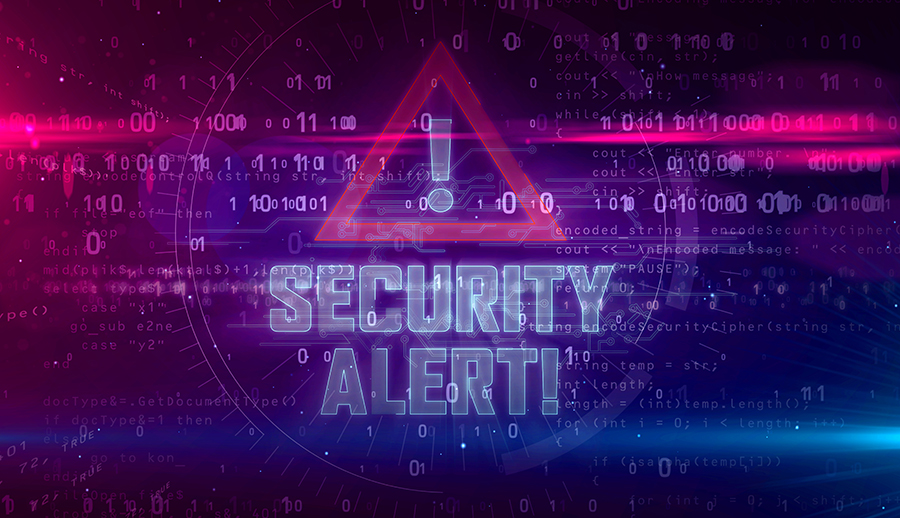Using Video Content Analytics to Track Trends, Identify Anomalies and Accelerate Real-Time Response

The Value of Aggregated Video Data for Benchmarking Patterns
Video analytics systems are trained to identify, track, and classify objects, to create a structured database of information out of the unstructured video data in order to power granular search, comprehensive reporting, and smart alerting. One of the most valuable benefits of a comprehensive video content analytics platform is the ability to uncover quantitative data about trends, patterns and normative conditions by analyzing video data that has aggregated over time. By generating statistical trend data, operators can benchmark what is normal and define anomalous behavior.
Once operators have determined their benchmarks for what is “normal,” they can create customized real-time alerts that are triggered when an anomaly occurs. Operators can set up a variety of alerts, ranging from dwell time, illumination changes, and people and vehicle counts to directional and speed information. These alerts are applicable in a broad array of industries, such as banking, healthcare, hospitality, law enforcement, property management, retail, security, transportation, and urban planning.
Vehicle Traffic Alerts
Traffic heat maps and dashboards allow operators to see pedestrian, bicycle or vehicle traffic statistics for particular roads, pathways or areas of a property. This functionality is highly practical for law enforcement or physical security teams: After operators have established norms for traffic, and identified patterns and problem hotspots, they can create alerts that notify law enforcement whenever there are unexpected traffic bottlenecks or atypical increases in traffic at specific intersections or roadways; by bringing these anomalies to the fore, officers can evaluate the situation and decide how to proactively alleviate the traffic congestion.
People Count Alerts
Some video intelligence software solutions can detect the number of people in a particular area; when a normal threshold is surpassed, the software triggers an alert that notifies managers, who can then assess the situation and respond as necessary. This feature is widely applied in a variety of settings, from bank lobbies to airports, and retail stores. It can also be leveraged to assess whether crowding poses a potential risk: Correctional officers in prisons must be aware of crowding that could indicate the beginnings of a major disturbance, or even a smaller scale incident, such as the exchange of contraband in a prison yard. A real-time people counting alert grants officers increased situational awareness and the ability to intervene proactively as deemed necessary.
Having an understanding of people counts is critical for situations, but has also emerged as a powerful capability during the COVID-19 public health crisis, when law enforcement and municipal agencies need to increase situational awareness of gatherings that would exceed social distancing norms: For example, a schoolyard basketball court might attract a small crowd of players; if police are able to discover this activity in real time, they can more effectively respond and disperse the crowds in the interest of public health.
Dwell Alerts
Video intelligence heatmaps indicate not only where people linger, but also how long they typically dwell in an area. The heatmaps are key to setting benchmarks that determine the normal amount of time that people dwell in particular areas. A video analytics system can be configured to alert operators when a person dwells or stays in the frame of a video camera for longer than a normal time: Dwelling for a long time in an area may indicate a number of emergency situations, from a person is intending to steal inventory to someone experiencing a medical emergency. Dwell alerts are not only very useful in industries such as retail stores and healthcare facilities, but also in facilities such as shipping ports, where there are vast warehouses and loading docks that are difficult to monitor and where potential for inventory theft or personal injury is high.
Vehicular Breakdown and Speeding Alerts
Like pedestrian dwell time alerts, a video content analytic system can detect the duration of a vehicle in a particular area of camera coverage. If a car pulls off onto a breakdown lane near a particular video camera for a duration longer than normal, an alert can be sent to law enforcement, so they can investigate the activity, which could be anything from a vehicle accident to a medical incident, or even a crime. For instance, if a vehicle were to pass through a toll booth or automatic toll sensor at Mile 30 of a turnpike, and then passes through the next toll sensor at Mile 20, only six minutes later – and assuming a legal speed of 65 mph – it should require 10.8 minutes to drive 10 miles. The logical deduction in this scenario is that the vehicle was exceeding the speed limit while on that stretch of roadway. Using “in the wild” license plate recognition (LPR) technology, a video analytics system can generate speeding dashboards, to help law enforcement uncover patterns and respond, as well as generate evidence to justify issued tickets.
Illumination Change Alerts
Knowing the normal patterns for illumination are an important aspect of physical security for a variety of industries. If lights are turned on during off-hours, that likely indicates a breach of security. Alerts that indicate when lights are on / off at unexpected times is fundamental to increasing situational awareness and responding to potential incidents. Illumination data that is collected over time and trends that are visualized in dashboards makes detecting anomalous lighting changes for specific dates/hours easy and becomes powerful for investigations.
Organizations can benefit from video analytics systems by obtaining trend data and using that information for planning purposes. But they should maximize their investment by using that same trend data to set benchmarks for normal thresholds, and then setting up real-time alerts that notify operators of anomalies. Real-time alerts are key to improving situational awareness and responding more quickly and effectively to events as they unfold; depending on the industry and the scenario, that can lead to improved customer service, better public safety, or both.
Signup to receive a monthly blog digest.